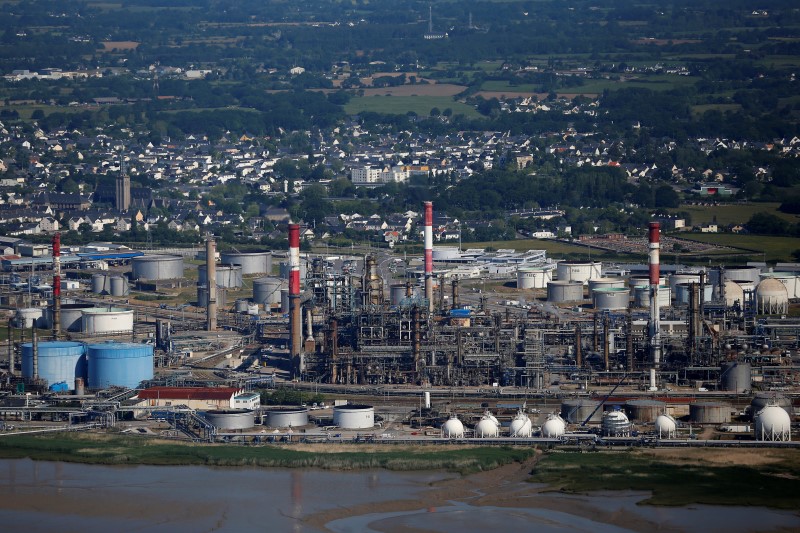(Bloomberg) -- As the highest ranks of the world’s palm oil industry gathered in a virtual conference last month, it became clear they were anxious about the same issue: The oil has a severe image problem in India.
The South Asian nation, home to more than $5 billion in palm sales a year and the top export market, is no longer enthralled with the oil. Demand, mostly driven by the service sector, has dried up due to the Covid-19 lockdowns, and households just don’t want it.
The hurdle is that palm is viewed as a cheaper, less healthy option, and households prefer oils made from soy, sunflowers and mustard seed. With restaurants, hotels and school cafeterias -- the largest buyers -- unlikely to return to normalcy any time soon, the industry needs to find a way to change people’s minds.
“During the early years, palm was distributed in India through ration shops, which gave it the tag of being a poor man’s oil,” said Atul Chaturvedi, president of the Solvent Extractors’ Association of India. “No attempt was ever made to rectify this wrong perception about this wonderful gift of nature.”
In the southern state of Tamil Nadu, state-run ration shops sell refined palm oil to impoverished communities at a subsidized price of 25 rupees (33 cents) per liter, more than a third cheaper than usual. Meanwhile, retail prices of cooking oils such as soyoil and sunflower oil cost between 125 rupees to 200 rupees a liter, giving them the air of being better oils.
Bad Image
As well as the bargain oil image, local media reports that say palm has a high saturated fat content have turned people off. That’s kept a lid on household demand, which account for just 18% of total palm usage.
Now, Covid-19 has exacerbated the problem as more people avoid eating out, hurting demand from a service sector that makes up more than 30% of imports. Total palm oil purchases shrunk 31% in the first eight months of the marketing year that began in November, while sunflower grew 17% and soybean oil climbed 13%.
To boost household consumption, the palm industry needs to launch a nationwide campaign similar to how poultry farmers began promoting eggs in the 1980s, said Angshu Mallick, deputy chief executive officer of Adani Wilmar Ltd., a vegetable oil processor.
Egg Excitement
Poultry farmers began running adverts on TV where cricket players and other professional athletes promoted eggs as a healthy food. The PR campaign worked, with per capita egg demand almost doubling in the last two decades, said Jaison John, a general manager at Suguna Foods Pvt., a top poultry producer in India.
As part of the efforts, palm producer Sime Darby Oils and the Malaysian Palm Oil Council will organize seminars and workshops in India to showcase the latest developments in the industry, said Sandeep Bhan, chief operating officer for trading at Sime Darby Oils. But more has to be done, and importers as well as exporters need to work together to jointly promote palm oil, he said.
If the palm exporting countries refuse to see the “writing on the wall,” the discount of palm over the other edible oils will be difficult to close, Chaturvedi said.
“After a dream run in the last few decades in India, palm oil has now started to see headwinds,” said Chaturvedi. “It’s time for palm stake holders to re-look at their long term strategies.”
©2020 Bloomberg L.P.
